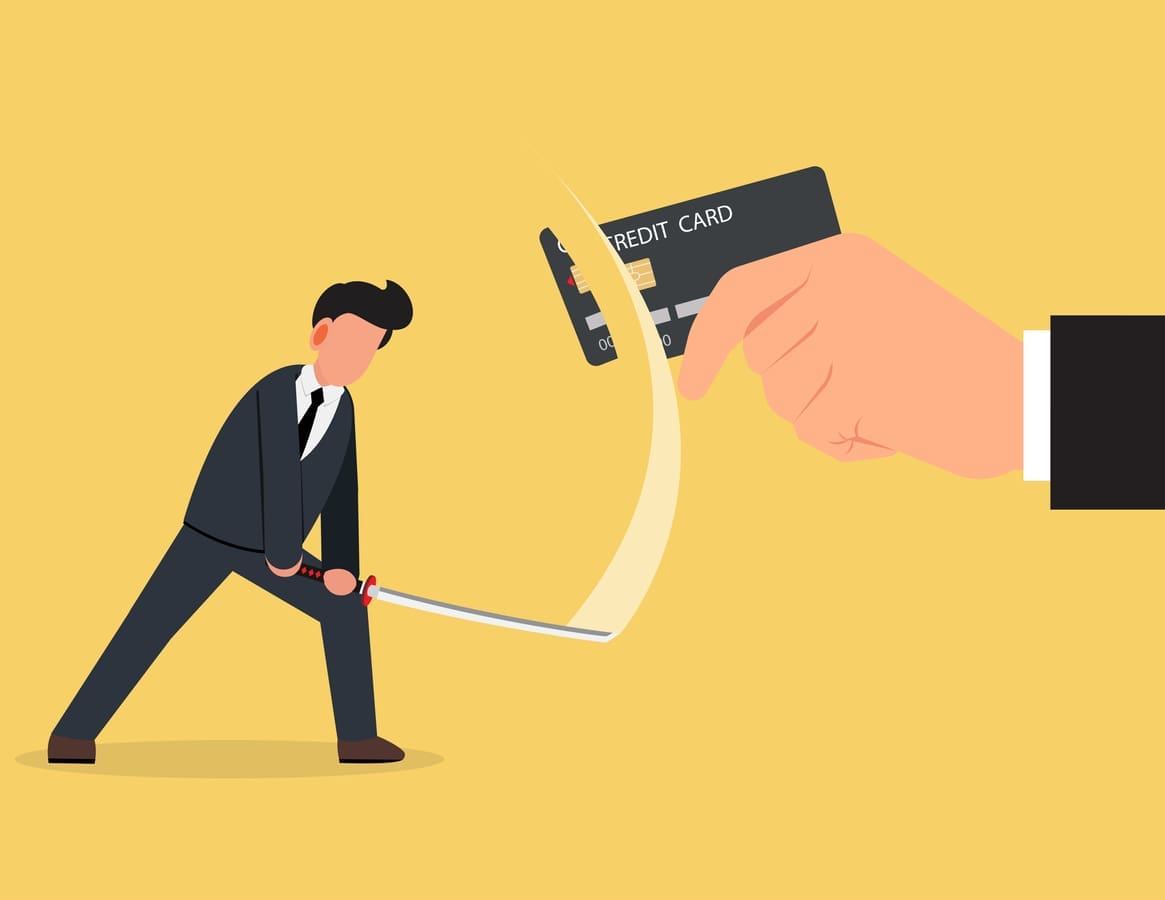Credit card debt is
a major problem in the United States. According to the Consumer Federation of
America, 83% of all households have at least one credit card. In addition, the
Federal Reserve Bank of Boston estimates that there are more than 1.1 billion credit
cards held by U.S. consumers (that means the average American has 3.84 credit
cards).
And with credit
card annual percentage rates hovering close to 20%, on average, and with a
total credit card debt that just hit a record $930.6 billion at the end of 2022,
we might be setting ourselves up for a few problems.
Consider these
statistics released by TransUnion:
- Over the last year, there was an 18.5% spike in
the total credit card debt incurred.
- The average balance rose to $5,805 over that
same period (which means the average American has more than $22k in credit card
debt).
- Assuming a 20% interest rate, if someone paid
the minimum payments toward just one average credit card balance, it would take
more than 17 years to pay off the debt and cost you more than $8,213 in
interest.
That is a problem. And because it is not difficult for
credit card use to quickly get out of hand, buying regularly on credit may give
you a case of the “credit card blues.”
Warning Signs
The following
behavior may indicate behavior associated with the credit card blues:
- You use credit cards to pay for basic
needs, like food and gas.
- You are only able to pay the minimum
balance due on your cards each month.
- You are paying above-average interest
rates and cannot find lower rates because of your credit score.
- You are not able to contribute to a
savings account or an IRA.
- You are not aware of how much you
charge or how much you owe.
- You lose sleep over your mounting debt.
- You transfer balances frequently to
avoid credit card payments.
If any of these
sound familiar, it is important that you take action now and create a plan to
pay down your debt to avoid making the problem even worse.
Getting Back on Your
Feet
To begin, make and
maintain a worksheet to track your credit card use. You may do this by hand,
using different colored markers for different creditors, or on a computer
spreadsheet. Be sure to include the names of your creditors, the last date of
each payment, the annual interest rates, the minimum monthly payments, and the
total amounts due.
Here are five
simple steps to help you bounce back from debt:
- Create a financial budget. Once you
look at your expenses and figure out where all your money is going, you can
look for areas where you can cut back, even temporarily, to free up some of
your cash for credit card payments.
- Set up a repayment schedule. Start
paying the debts that carry the highest finance charges first and stick with it.
- Hide the Plastic. At least until your present debts are under
control.
- Reduce your finance charges. Search for
cards with the lowest possible rates.
- Avoid using credit card company checks.
Do not use these checks that come directly to you in the mail. The value of
each check you use will be added to your existing debt – plus any extra
transaction fees!
Safety Precautions
Of course, there
are times when using a credit card is unavoidable. However, be sure to always keep your cards in
a safe place, and separate them from your purse or wallet to help prevent
theft. Further, do not give your credit card number out on the telephone,
particularly if you did not place the call. Shred all carbon receipts, and
unsolicited or unwanted credit cards or applications.
Remember, if you are
charging more than you are paying, your credit card debt will always increase.
Use your credit cards only for essential purchases and pay the balance as
quickly as possible to avoid additional interest or late payments.
A meeting with your
financial professional can help you develop strategies for improving your spending
and saving habits to get debt free – and stay that way.







